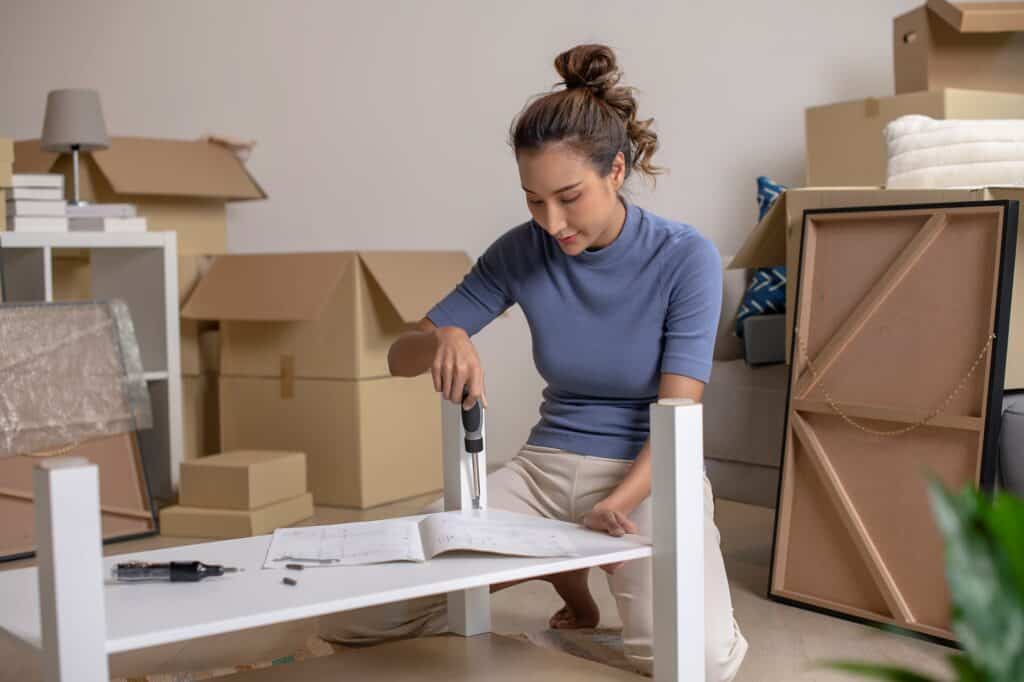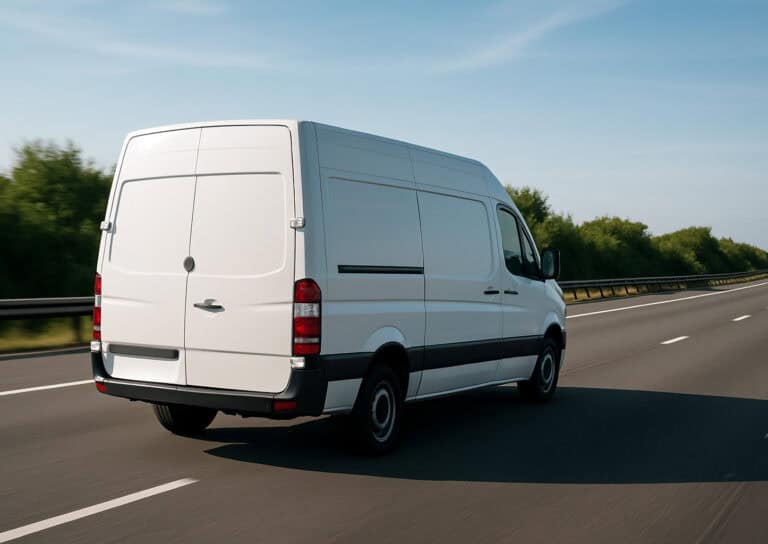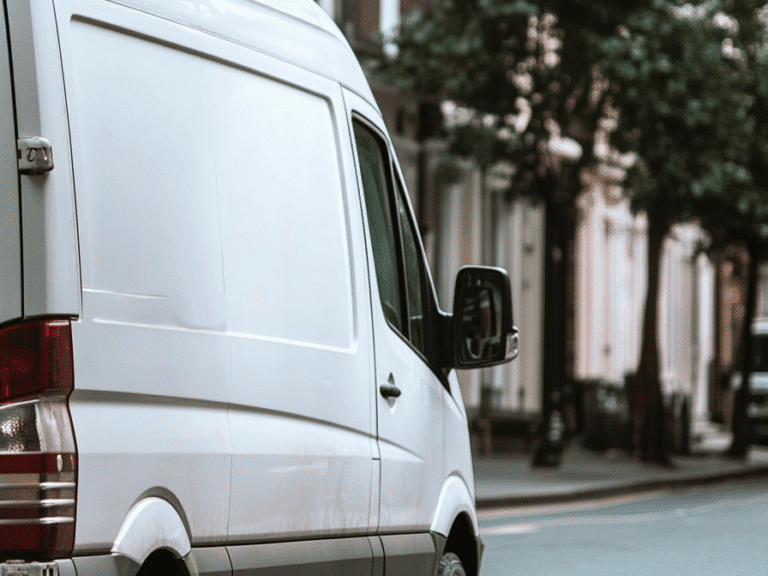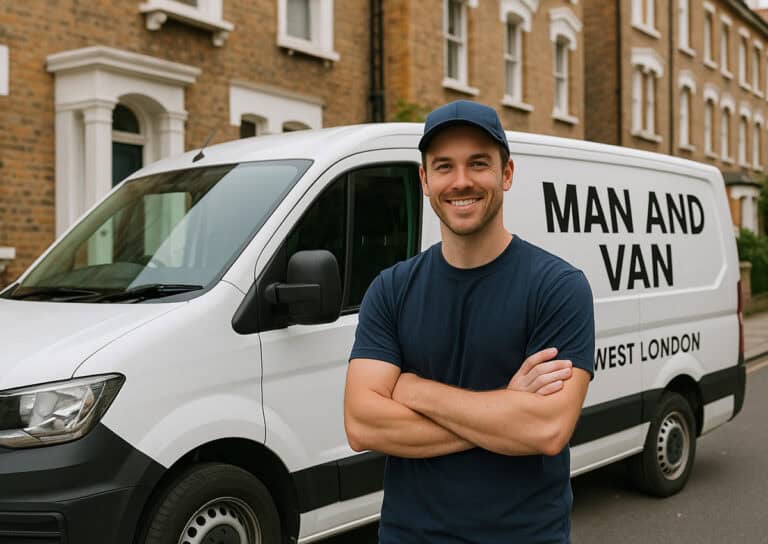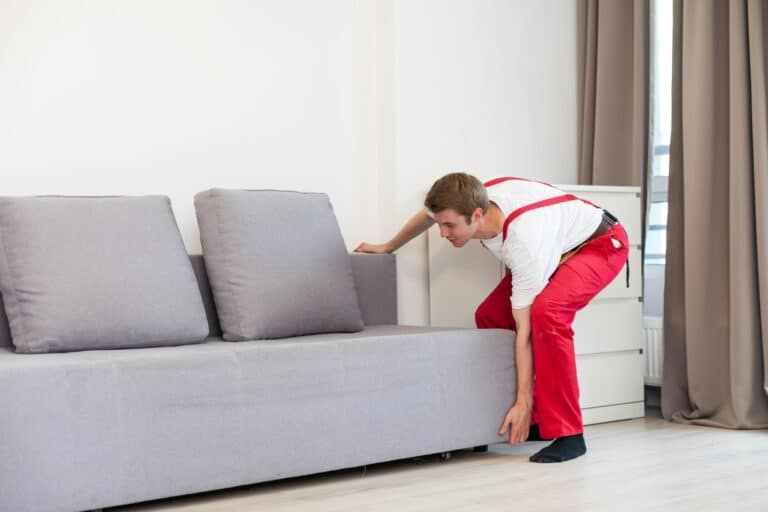Moving doesn’t have to be chaotic or stressful. Discover how to pack and unpack for a home removal efficiently with our practical tips and tricks designed to simplify your moving process. This comprehensive guide will help you streamline every aspect of your move, ensuring a smoother and easier transition to your new home. Whether you’re moving across town or to a new city, these strategies will greatly simplify the journey to your new space.
Key Takeaways
- Declutter before packing to streamline your move and reduce costs – only take what you truly need, which helps minimise the number of boxes and ultimately saves money on packing supplies and moving expenses.
- Create a detailed packing plan and label boxes to make both packing and unpacking more efficient, ensuring that each item finds its place quickly and reduces the chaos of settling into your new home.
- Prioritize unpacking your essentials box first to quickly settle into your new home and minimise stress, as it contains all necessary items like toiletries and important documents that you’ll need immediately upon arrival.
Declutter Before the Move
Before you start packing, take a moment to declutter. Sorting through your belongings not only helps to eliminate unnecessary items but also makes the moving process significantly easier and more efficient. Reducing the number of items to pack saves money on supplies and moving costs. Why transport things you no longer need or use? The packing process will be much smoother as a result.
Start by categorising your items into three groups: keep, donate/sell, and discard. This systematic approach ensures that you only take what you truly need to your new home. Plus, donating or selling items can give them a new life elsewhere, and discarding what’s no longer useful helps you start fresh. Decluttering is the first step towards a stress-free transition to your new house in West London.
Gather Essential Packing Supplies
Once you’ve decluttered, it’s time to gather essential packing supplies. Having the right materials on hand can make a world of difference. You’ll need sturdy boxes, packing tape, bubble wrap, packing paper, and markers. These supplies will ensure your belongings are well-protected and organised.
Look for budget-friendly options to save money. Discount stores often have packing tape and fragile tape at lower prices. Find free used cardboard boxes from local shops or community groups. Ensure they are clean and sturdy enough for moving. Online platforms like Gumtree and Facebook Marketplace are also great places to search for free packing materials.
Don’t forget to stock up on additional supplies like box cutters, adhesive bandages, permanent markers, paper towels, and garbage bags. Having all essentials ready before packing streamlines the process and prevents last-minute store runs. Careful preparation ensures a smooth move.
Create a Packing Plan
A well-thought-out packing plan is crucial for an efficient move. Start by creating a room-by-room strategy, beginning with non-essential items. This method allows you to gradually pack without disrupting your daily life too much. Begin with items in guest rooms, storage areas, or any infrequently used space.
As you pack, label each box with its contents and the room it belongs to in your new home. Labelling boxes simplifies the unpacking process. Organising related items together allows for systematic room setup upon arrival. A little organisation now will save you a lot of time and hassle later.
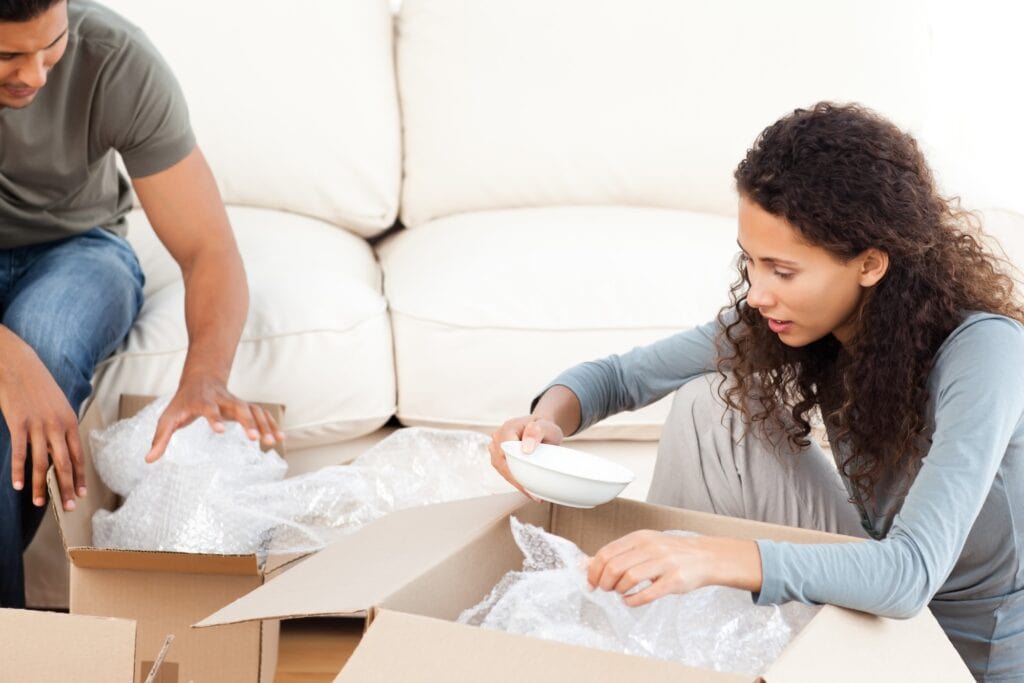
Pack an Essentials Box
An essentials box is a lifesaver during the first few days in your new home. This box should contain all the necessary items you’ll need immediately upon arrival, such as toiletries, cleaning supplies, snacks, and important documents. Think of it as a survival kit for the initial phase of your move.
Include a first aid kit, basic tools, and items for children or pets if applicable. Keeping this box in your vehicle ensures you have quick access to it when you need it most.
By starting your unpacking with this essentials box, you’ll meet your immediate needs and reduce the stress of searching for everyday essentials.
Disassemble Furniture
Disassembling furniture before your move can prevent damage and save space. Before you start, assess the size of each piece and the doorways it needs to fit through. This foresight ensures smooth movement on a moving day.
Gather essential tools like screwdrivers and zip storage bags for screws and small parts. Keep an inventory of furniture parts to make reassembly easier at your new home. Removing detachable components, such as legs and armrests, can significantly simplify the process. Don’t forget to pack any fragile elements separately to protect them during transit.
Protect Fragile Items
Protecting fragile items is essential to avoid heartbreak over broken belongings. Use bubble wrap and packing paper to cushion your fragile items. Start by lining the bottom of your boxes with soft materials like bubble wrap to absorb shocks. For additional guidance, consider these packing tips.
… labelling alerts movers to take extra caution when handling the box.
Sturdy boxes are a must; flimsy boxes increase the risk of damage. Apply extra tape to the bottom of each box for added support. Label boxes containing fragile items clearly to ensure they are handled with care. This labelling alerts movers to take extra caution when handling the box.
Load the Moving Truck Strategically
Loading the moving truck correctly is crucial for a safe and efficient move. Place the heaviest boxes toward the front of the truck to maintain stability. This placement prevents shifting and potential damage during transport.
Lighter boxes and delicate items should go on top of heavier ones to avoid crushing. Properly loading the truck ensures that your belongings arrive in good condition. A well-organised truck also makes the unloading process at your new location smoother and faster.
Maximise Space Efficiency
Maximising space efficiency is key to a successful move. Place heavier items at the bottom and lighter items on top to prevent crushing and ensure stability. Fill empty spaces in boxes with soft items like clothing or towels to prevent shifting during transport.
Each fragile item should be individually wrapped for adequate protection. Use dividers for glassware to avoid breakage.
Using the correct box sizes is also crucial; heavy items should go in smaller boxes, while lighter items can fill larger ones. This strategy will help you save space and ensure everything fits neatly into the moving truck.
Unpack Essentials First
When you arrive at your new home, start by unpacking the essentials box. This box contains items you’ll need immediately, such as toiletries, towels, and medications. Prioritising these items ensures you can take care of basic needs right away.
Next, focus on the kitchen and bedroom essentials. Unpack pots, pans, and major appliances first to facilitate meal preparation. Set up the beds and unpack linens to create a comfortable resting environment. Handling essentials first quickly makes your new house feel like home.
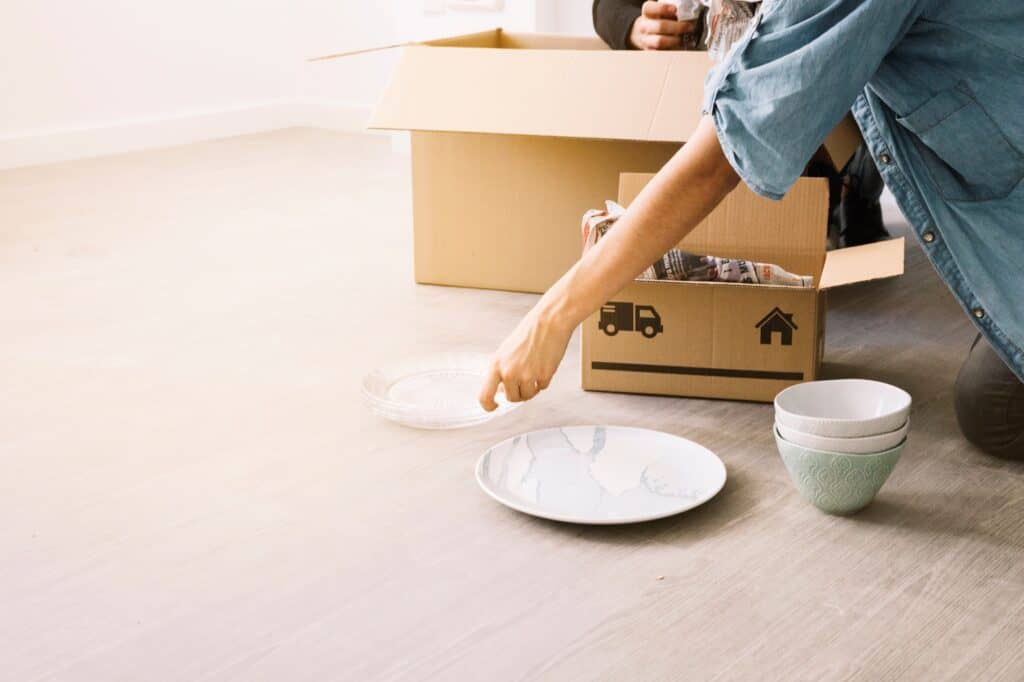
Organise as You Unpack
Organising as you unpack can save you time and stress. Start by reviewing your inventory list to know where everything is. Involve family members in unpacking their belongings to make the process more enjoyable.
After setting up the kitchen, focus on setting up beds and unpacking linens. Investing in storage solutions like bins, shelves, and drawer organisers can help maintain order as you unpack. A systematic approach will help you settle into your new home efficiently.
Enlist Help When Needed
Don’t hesitate to enlist help when needed. Utilising removal company packing services can save time and ensure professional quality packing. Professional movers can ease the physical and emotional burden of moving.
Engaging moving house services early secures lower rates and guarantees availability during peak seasons. Friends and family can also provide valuable support, making the packing and unpacking process more manageable. Mixing professional help with assistance from your support network can enhance your moving experience.
Take Your Time
Unpacking can be overwhelming, so take your time. Trying to do too much at once is a common mistake. Establish a timeline for unpacking to manage your pace. Focus on one room at a time to avoid feeling overwhelmed.
Aim to unpack a maximum of five boxes a day or two rooms per day. Taking breaks and celebrating milestones can help reduce stress. Enjoying your new space after unpacking essentials can enhance your moving experience.
Summary
Moving to West London can be a seamless experience with the right strategies. Declutter before packing, gather essential supplies and create a detailed packing plan. Pack an essentials box to meet immediate needs and disassemble furniture to save space. Protect fragile items, load the moving truck strategically, and maximise space efficiency.
Unpack essentials first, organise as you go, and enlist help when needed. Finally, take your time to avoid feeling overwhelmed. Following these tips will help you enjoy a stress-free transition to your new home. Remember, each step brings you closer to settling comfortably into your new space.
Frequently Asked Questions
Why is decluttering before moving important?
Decluttering before moving is crucial because it streamlines the process and saves you money. By getting rid of unnecessary items, you can focus on what truly matters in your new space!
What are some budget-friendly options for packing supplies?
You can easily save money on packing supplies by shopping at discount stores for tape and securing free cardboard boxes from local shops or online platforms. It’s a smart and budget-friendly way to prepare for your move!
How should I load the moving truck to ensure stability?
To ensure stability while loading your moving truck, always place the heaviest boxes at the front and layer lighter boxes on top. This strategy will help prevent shifting and keep your belongings safe during transport!
What should I include in the essentials box?
Your essentials box should include toiletries, cleaning supplies, snacks, important documents, a first aid kit, and basic tools to ensure you’re well-prepared for anything that comes your way. Keep it stocked, and you’ll feel confident and ready to tackle any challenge!
How can I make unpacking less overwhelming?
To make unpacking less overwhelming, create a timeline and tackle one room at a time, taking breaks to celebrate your progress. This method will help you stay organised and reduce stress, making the process enjoyable!
